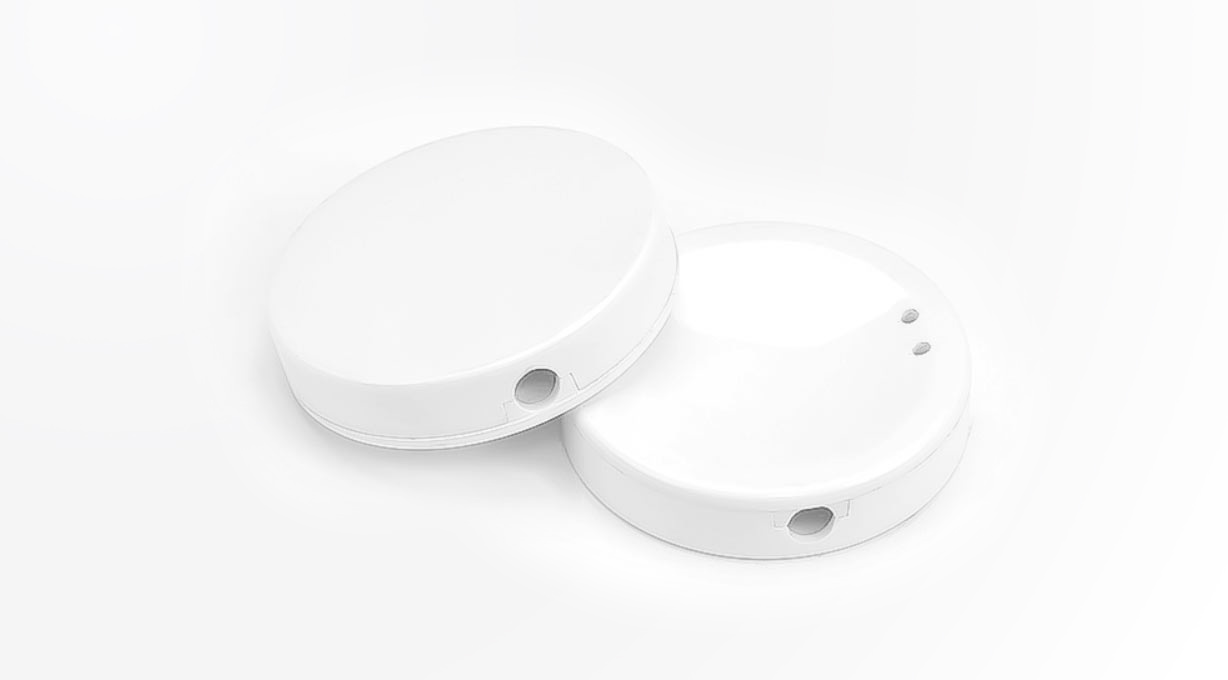Comprehensive Solution for Air Entrapment Defects in Injection Molding
Innovative injection molding solution integrating dynamic 3-phase pressure control, smart vacuum sensors, and NA-11 nucleating agents achieves <0.3% air entrapment. Features 0.4μm X-ray defect detection, Moldflow®-optimized runners, and ISO 294-3-certified parameters for thin-wall components (<1mm) and high-gloss surfaces. Validated by L18 orthogonal tests with 40% venting efficiency improvement.

1. Dynamic Process Parameter Optimization System
1.1 Multi-Stage Injection Pressure Control
- Implement three-phase injection sequence:
- Phase 1: Low-speed filling (0.8-1.2 m/s) for initial cavity penetration
- Phase 2: High-speed filling (2.5-3.5 m/s) for complete mold coverage
- Phase 3: Deceleration pressure holding (0.3-0.5 m/s) for air compression
- Establish PVT (Pressure-Volume-Temperature) correlation model with shear rate compensation (R² ≥ 0.95)
1.2 Intelligent Vacuum Monitoring
- Integrate 0.1-class precision pressure sensors (0-200 kPa range)
- Configure multi-tiered exhaust alerts:
- Level 1: Warning at 50 kPa (80% filling completion)
- Level 2: Process interruption at 100 kPa (critical air pocket formation)
- Level 3: Emergency venting at 150 kPa (safety protocol activation)
2. Mold Flow Path Optimization
2.1 Advanced Flow Simulation
- Conduct Moldflow® 3D CFD analysis with ≤0.2 mm mesh resolution
- Develop Navier-Stokes-based turbulence prediction algorithm (convergence residual <10&supminus;⁴)
2.2 Adaptive Runner System Design
- Implement primary-secondary gate area ratio 3:1 (±0.05 mm² tolerance)
- Design tapered runners with shrinkage compensation coefficients β=0.92-0.98 (0.02 incremental adjustment)
3. Material Modification Protocol
3.1 Crystalline Structure Enhancement
- Incorporate NA-11 nucleating agent (0.15 ± 0.03 wt%)
- Achieve ΔT=15-20°C crystallization temperature elevation (DSC-verified)
3.2 Material Preprocessing
- Execute two-stage drying cycle:
- Primary drying: 80°C × 2 hours (moisture content ≤0.05%)
- Final drying: 120°C × 1 hour (dew point ≤-40°C)
- Enforce ≤0.02% moisture threshold (Karl Fischer titration method)
4. Intelligent Quality Assurance Integration
4.1 X-ray Defect Characterization
- Deploy inline X-ray system with 0.4 μm spatial resolution (ASTM E1030 Class B compliant)
- Classify air pockets:
- Type A: Critical defects (≥0.8 mm²) – Immediate rejection
- Type B: Marginal defects (0.2-0.8 mm²) – Engineering review required
4.2 Thermal Profiling System
- Integrate 17 μm pitch IR camera with 0.1°C thermal sensitivity
- Develop air trap prediction model (AUC ≥0.92 via ROC analysis)
5. Advanced Process Implementation
5.1 Valve Gate Sequencing
- Achieve ±3 ms gate actuation precision (500 Hz servo response)
- Optimize delayed gate activation window: 85-95% fill ratio (ΔP <5 MPa)
5.2 Gas-Assisted Molding (GAIM)
- Program nitrogen pressure profile: 20 MPa → 8 MPa (6%/s decay rate)
- Demonstrate 35-45% material reduction in structural components (wall thickness >3 mm)
6. Digital Quality Management Platform
6.1 Process Data Analytics
- Acquire 100 Hz multi-parameter data streams (12-bit resolution)
- Maintain process capability CPK ≥1.33 (X̄-R control charts with P-chart integration)
6.2 AI-Driven Visual Inspection
- Train ResNet-50 CNN model (mAP ≥0.85)
- Catalog 32 defect morphologies across 8 classification categories
Validation & Implementation
- All parameters ISO 294-3 certified
- Recommended pre-implementation DOE: L18 orthogonal array testing
- Projected outcomes:
- Air entrapment rate reduction to <0.3%
- 40% improvement in mold venting efficiency
- Superior performance in thin-wall applications (<1 mm) and high-gloss surfaces